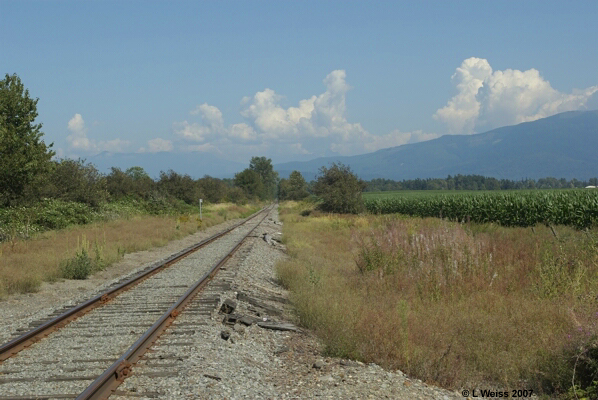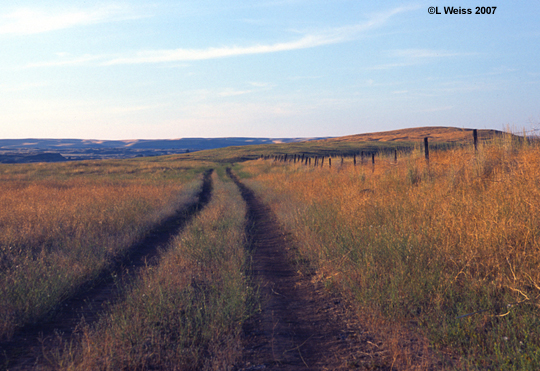Small Rails and Big Boats

In the lands to the west of the great Cascade Range, beneath the watchful peak of Mt. Baker, lie the rich farm lands that exist in the heavily watered region of Washington State. A far cry from the high desert of the center of the state or the bleak rain shadows east of the Rockies, this pocket of land is known for its corn fields and dairy farming. To this land, the Milwaukee went as well. The rails the Milwaukee owned in this country near the Canadian border were somewhat unique in that there was no direct connection to the rest of the Milwaukee system. Early in the years of the Pacific Extension, the Milwaukee had purchased the system from a local railroad who had constructed lines from Bellingham north to the Canadian border. For many years the Milwaukee accessed these far flung rails via ferry in the Bellingham harbor. As a concession of the BN merger in 1970, trackage rights were granted to the Milwaukee to access them via the BN line from Seattle to Bellingham, thus making
